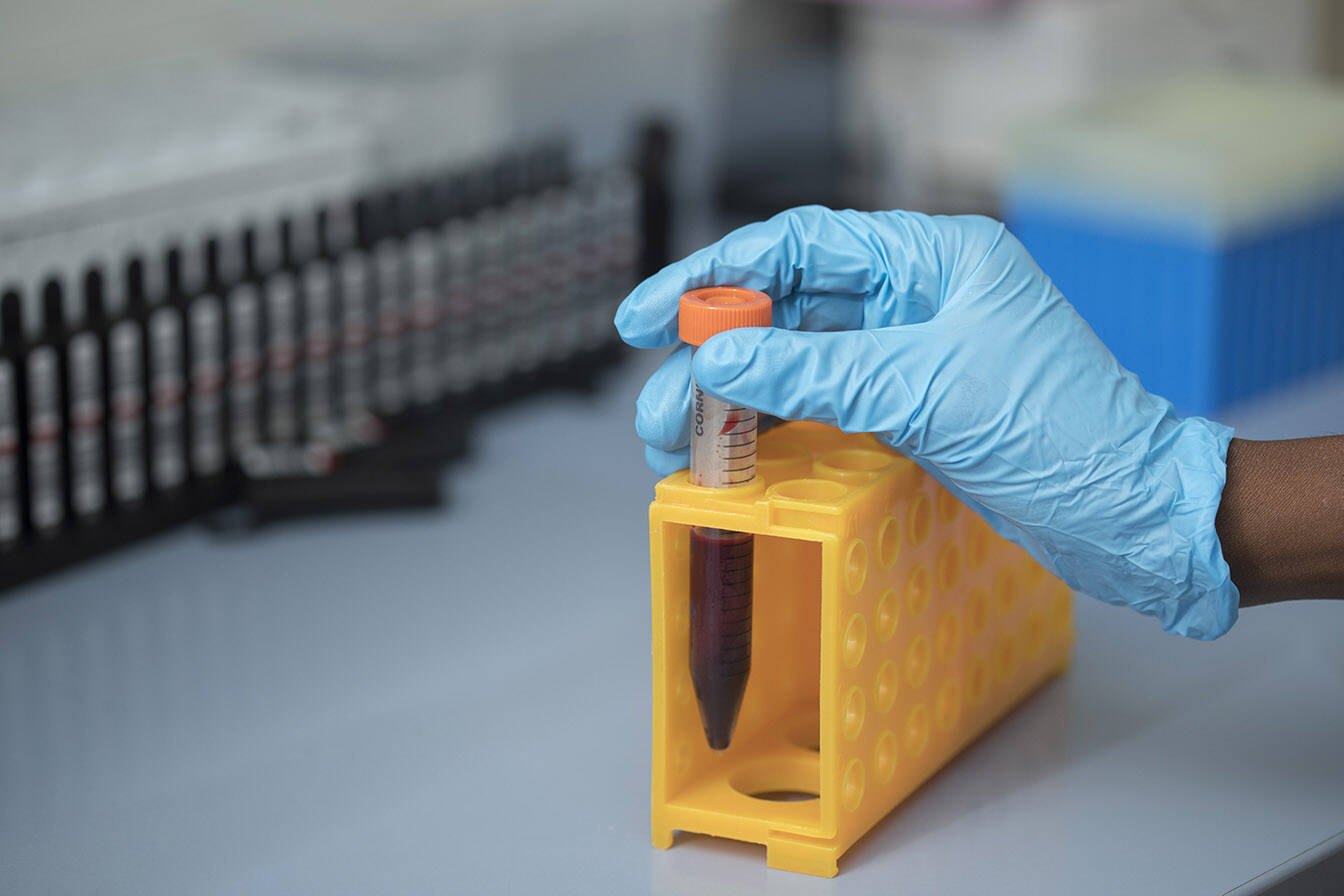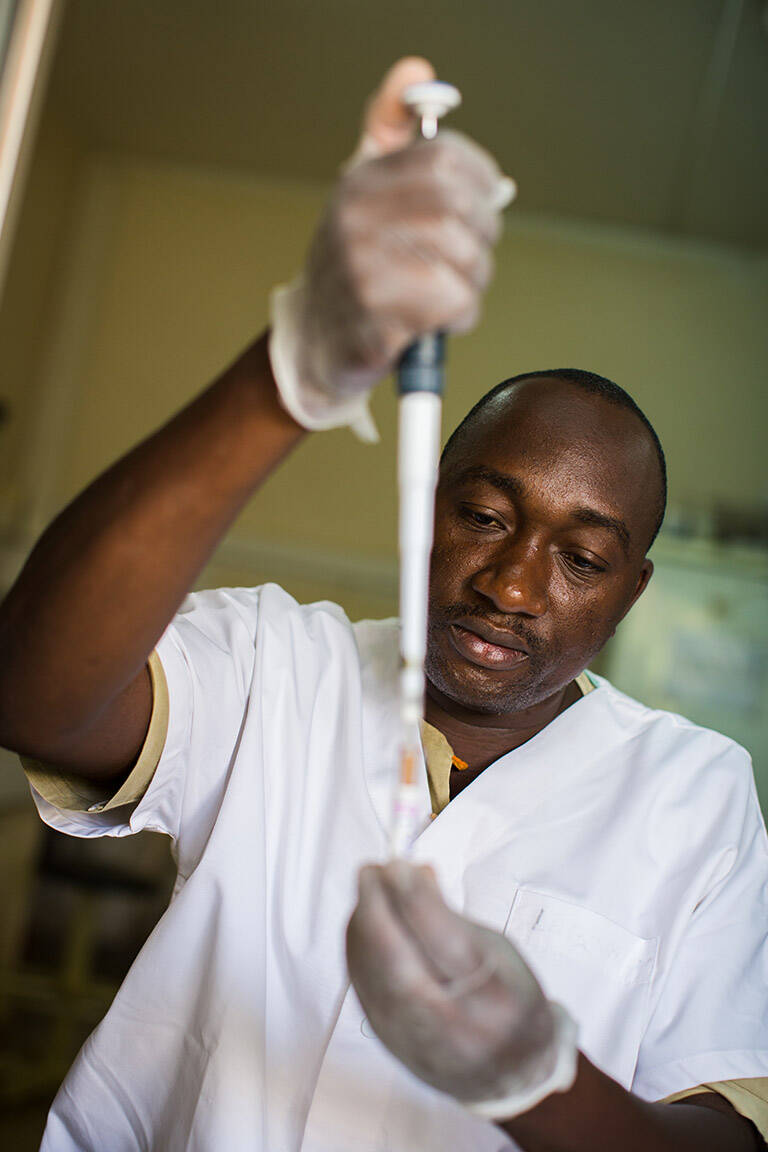
scroll down

Following the positive scientific opinions, a large phase IV study was carried out in five African countries under the umbrella of the EDCTP-supported Central African Network on Tuberculosis, HIV/AIDS and Malaria (CANTAM), to evaluate the safety and effectiveness of Pyramax under conditions similar to everyday clinical practice. This study, involving more than 7000 patients, reported very high effectiveness (a day 28 cure rate of 98.6%).
An analysis of data from the CANTAM study has also shown that Pyramax is effective against other, less common Plasmodium species, including P. malariae and P. ovale, as well as mixed infections. This is an advantage as it means the treatment could be used without the need to identify the specific type of malaria infection, and also because these species may be responsible for an increasing proportion of malaria cases in Africa.
A once-daily, three-day treatment for uncomplicated malaria, Pyramax is a fixed-dose artemisinin-based combination therapy (ACT). It is the only ACT recommended for use against the two principal species of Plasmodium in Africa, P. falciparum and P. vivax. A strong recommendation for its use in treatment of uncomplicated malaria in adults and children is made in the latest WHO Guidelines for Malaria.
Pyramax is available in a child-friendly granule formulation to ensure palatability and therefore correct dosage in this vulnerable population. Both Pyramax tablets and Pyramax granules received positive scientific opinions from the European Medicines Agency (EMA). Data from an EDCTP-supported West African Network for Clinical Trials of Antimalarial Drugs (WANECAM) phase IIIb/IV safety and efficacy study were key to the EMA’s decision to grant a revised product label for Pyramax tablets in 2018.
EDCTP-funded studies have been central to the development of pyronaridine–artesunate (Pyramax), strongly recommended in the latest WHO guidelines for treatment of uncomplicated malaria.

Pyramax recommendation
